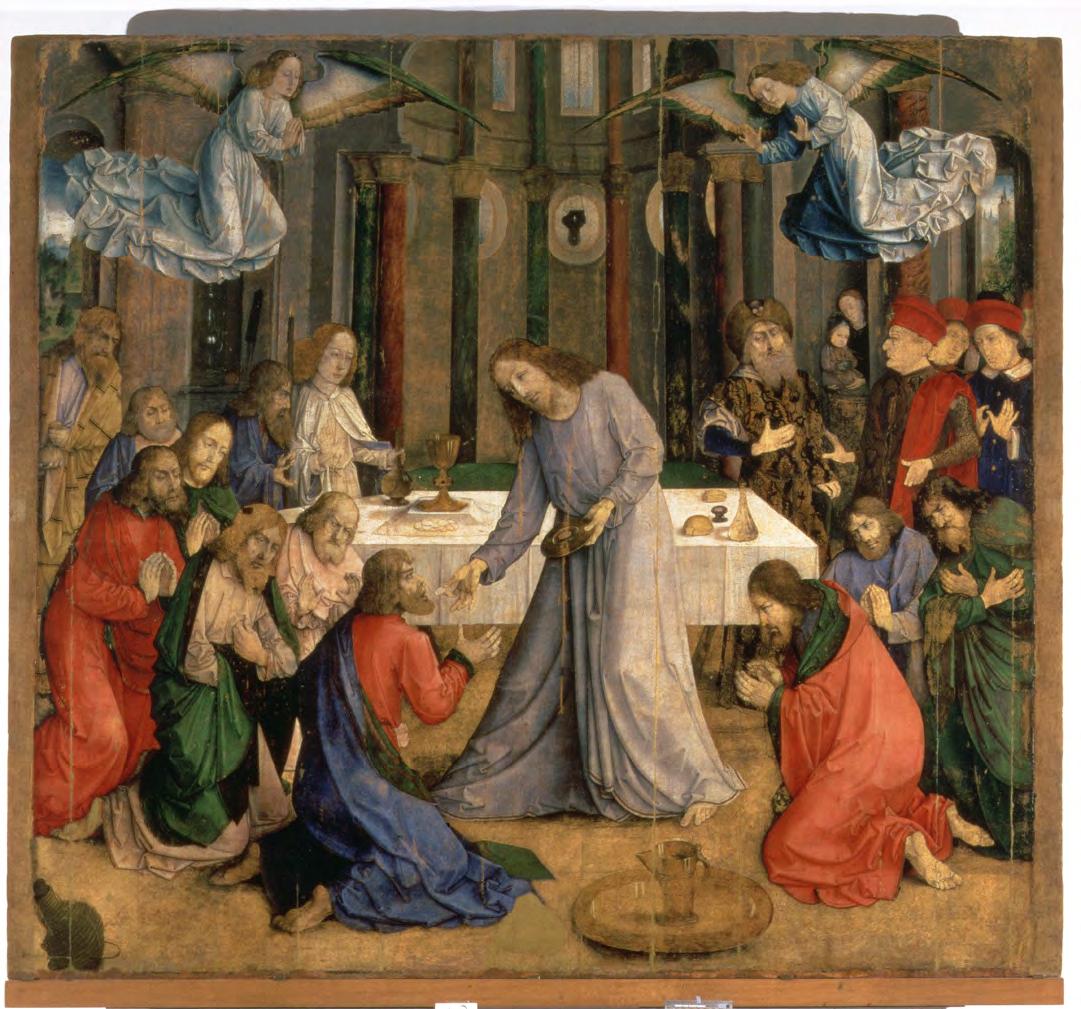
4 minute read
Wine
Chapel Down’s Bacchus
Last year, I wrote a column about the marvellous wines of Sharpham, in Devon. In that column, I promised the readers of this quarterly a column on another of my favourite English wineries, Chapel Down, in Kent—a promise I did not forget.
I have enjoyed a number of Chapel Down’s wines, but their affordable flagship white, Bacchus, a grape named after the classical god of wine, remains among my favourite go-to drinks. Now, as it happens, I have a deep prejudice against grape varieties born from experiments in laboratories, which is why you will never see me drinking a pinotage despite my penchant for South African reds. Nonetheless, I have been forced to overcome this viticultural intolerance to make room for Bacchus, a lovely grape that is fast becoming Albion’s leading still wine variety, benefitting especially from the chalky earth under the gentle slopes on the Garden of England’s High Weald — where Chapel Down is to be found.
The Bacchus grape type was established at the Geilweilerhof Institute for Grape Breeding in the Palatinate in 1933. Our climate causes the grapes to retain a high acidity and the yields are lower, allowing our wineries to focus on quality over quantity. Some say that English Bacchus sits somewhere between new world and old world sauvignon blancs, but I have never found our Bacchuses to have the tartness typical of that ancient French grape. The people at Chapel Down describe, correctly in my opinion, their Bacchus as a having ‘aromas of elderflower, melon and pear drops,’ with the palate ‘having fresh flavours of lime and honeysuckle which lead to the crisp finish.’
I suppose it is fitting that a bourgeoning German grape should make its home in the ancient Anglo-Saxon land of Kent, where long ago fierce Germanic peoples arrived only to become the first of their kind to receive the Gospel. Saint Æthelberht, King of Kent, established this part of England as a Christian Kingdom soon after receiving baptism from Saint Augustine of Canterbury. Kent is a holy county, with its shrines to Saint Jude at Faversham, Saint Simon Stock at Aylesford, and Saint Augustine at Ramsgate. Canterbury has long been a place of pilgrimage, and was already England’s sacred centre when Saint Thomas Becket’s blood added holiness onto holiness, revitalising Canterbury as a hallowed city, soon after to become the central theme of Chaucer’s celebrated tales. Down the ages, Kent gave to the Church a host of royal saints, as well as holy bishops and consecrated religious.
It is appropriate then, that this German grape, bearing the name of a pagan idol, should have its vines put down roots in the place where pagans come forth to be baptised. And behold, this grape thrives under the careful attendance of a winery bearing the name of a house of Christian worship.
Whilst I thoroughly enjoy Chapel Down’s still Bacchus, which goes spectacularly with fresh fish and theological discussion, the winery has much more to offer than just this. Sparkling wine, for which England is fast becoming a world leader, is expertly produced at Chapel Down. For anyone who struggles to abide pompous ‘winespeak’, please brace yourself and hold your nose. Their Brut NV (nonvintage) is a classic example of highquality bubbly, with aromas of red apple, citrus and freshly baked bread mixed up with hints of strawberry and quince lasting in a reasonably lengthy finish. When bottled, before which the wine undergoes a complicated fermentation and aging process, the budding elixir enjoys another eighteen months of bottle fermentation following the traditional méthode champenoise.
Chapel Down’s Rosé NV is a delicate but tremendously fun wine that is the perfect partner to a chicken caesar salad. Really special, however, is their traditionally made 100% pinot noir Rosé Brut, a multi-award winning (including the much-coveted Decanter World Wine Platinum Award in 2021) sparkling wine. Pricey, but magnificent. Fresh and crisp, evoking wild strawberries, lemon zest, and crumbly shortbread, all continuing on in a lasting and highly satisfying finish. The Rosé Brut may be a rosé, but it is not a wine to approach unseriously.
My advice, however, is to start off with their massively popular still Bacchus, with which I began this column. Chapel Down does produce a sparkling Bacchus, for which the méthode champenoise is abandoned for that preferred by the producers of prosecco and Coca-Cola, namely carbonation. It’s fine, but in my opinion the still Bacchus is better, and if you want fizz, you’d be better off going with one of their traditionally made bubblies. Pour yourself a glass of Chapel Down’s Bacchus and raise it to the once and future conversion of England.










